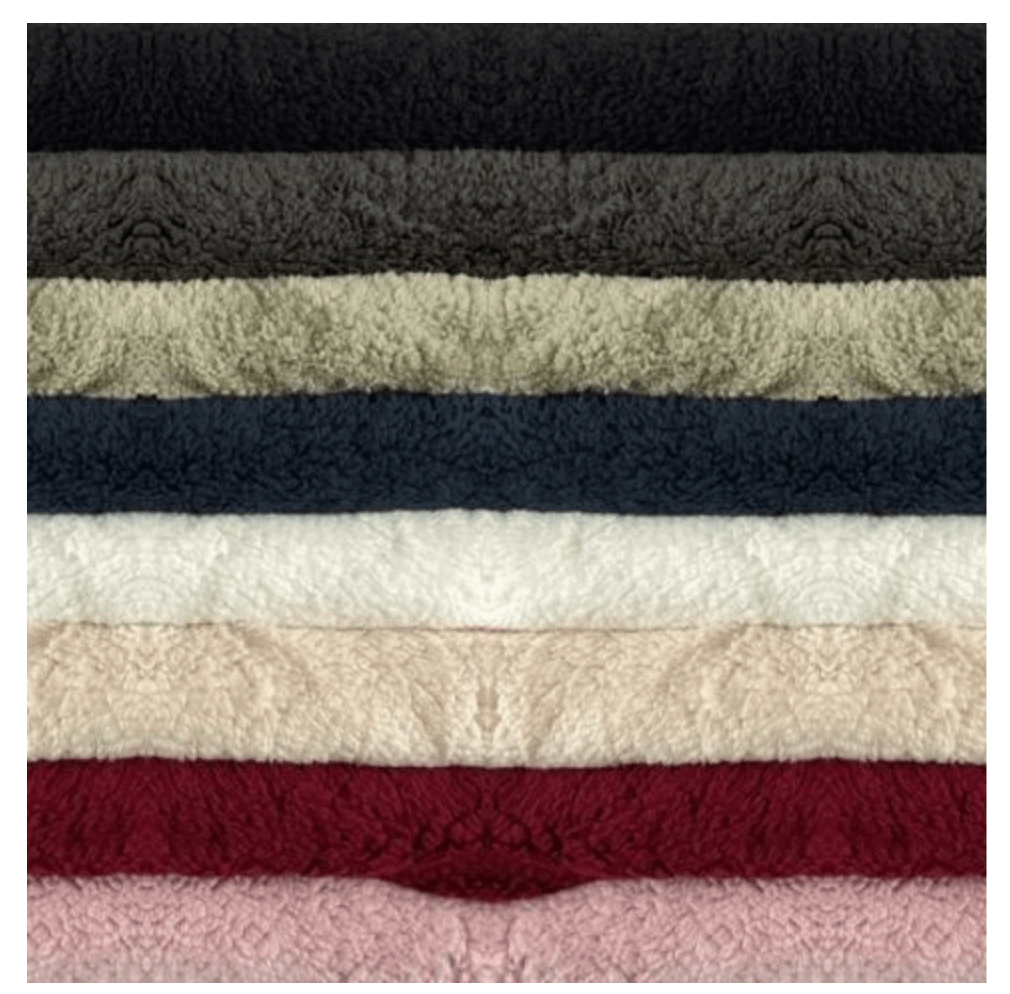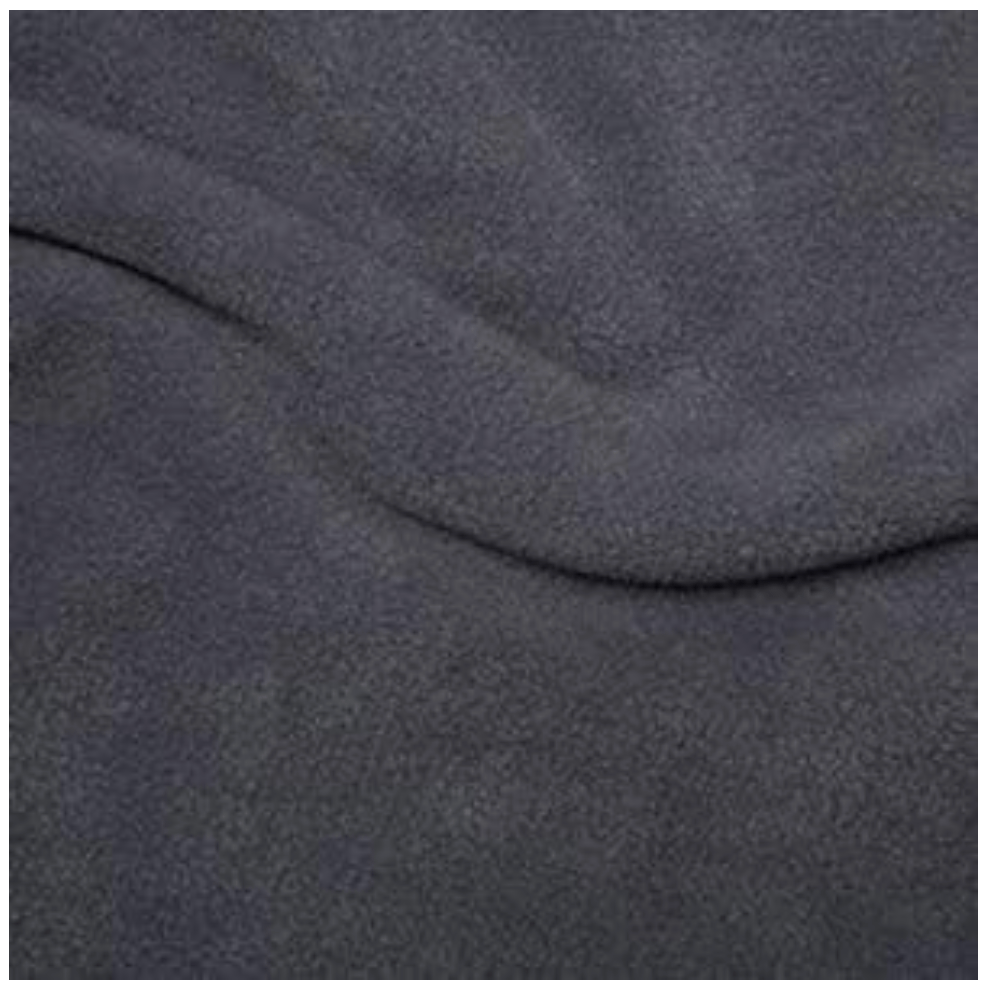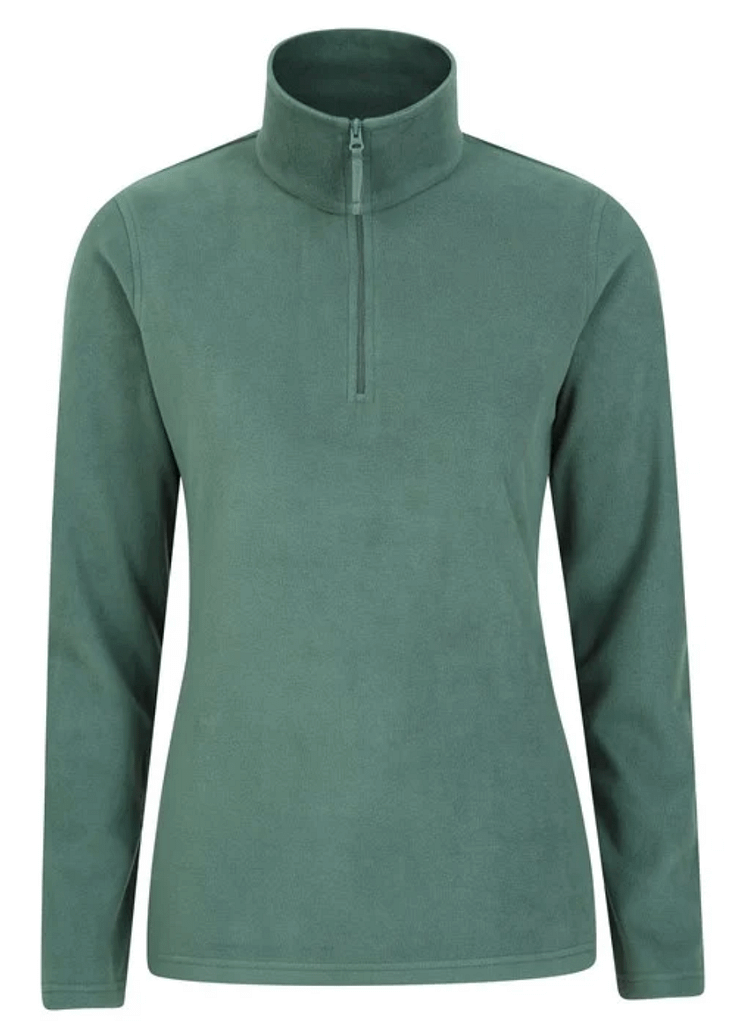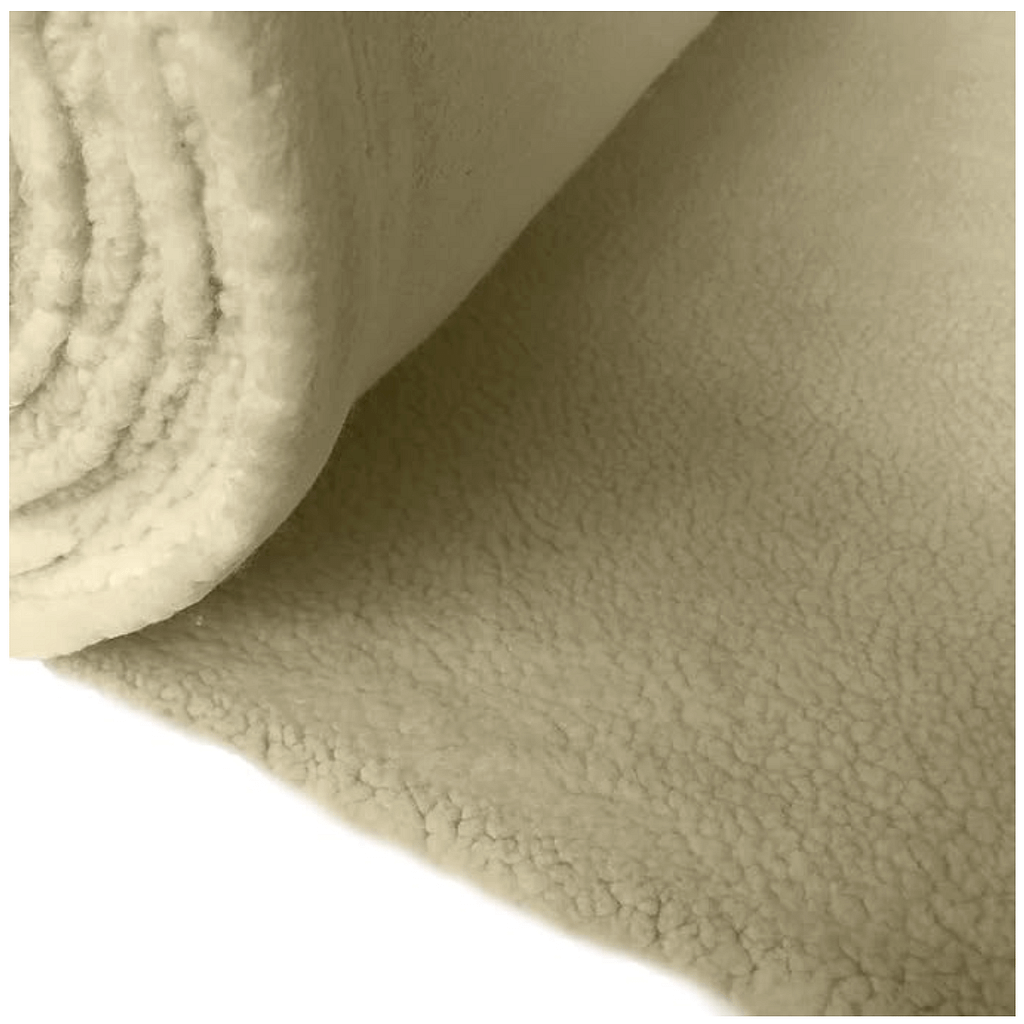For centuries, humans have been seeking out fabrics that provide both comfort and warmth. One such material that has been a popular choice for decades is fleece fabric. But, have you ever wondered how this snug and soft fabric is made and what its various uses are? In this post, we take you through the exciting journey of fleece fabric from its creation to its uses.

What is Fleece Fabric?
Picture wrapping yourself in a warm, fluffy cloud. That’s what it feels like to don fleece fabric. This delightful material is a synthetic alternative to wool, designed to give you the best of both worlds – the snugness of wool without the itchiness. Not just soft, fleece fabric is hailed for its exceptional insulation, providing that much-needed warmth on chilly days. It’s remarkably lightweight, making it a favourite amongst those seeking comfort without being weighed down. And the perks don’t stop there. Its breathability stands out as one of its defining features, allowing you to stay warm without overheating. So, whether it’s a cool winter day or a breezy summer evening, fleece fabric has got you covered, literally. It’s this unique blend of warmth, comfort, and lightness that has made fleece fabric a beloved choice for clothing and accessories. It’s about more than just keeping cosy; it’s about experiencing a level of comfort that only fleece fabric can offer.
Petroleum into the snuggly fleece fabric?
Have you ever pondered over the transformation of simple petroleum into the snuggly fleece fabric? Well, this magic starts with polyester, a synthetic material extracted from petroleum. The fascinating journey of its creation kicks off with heating the polymer until it morphs into a luscious, viscous consistency. Imagine it as a thick treacle syrup, waiting to be spun into threads of warmth.
This syrup-like polyester is then squirted through a device called a spinneret to generate long, stringy threads. Now, if you’re wondering what a spinneret is, picture a showerhead with lots of tiny holes. When the polyester syrup is forced through these holes, it comes out as threads, a lot like spaghetti!
These threads aren’t quite ready yet to become your favourite fleece jumper. First, they must be twisted into a yarn, and this yarn is subsequently knitted into a fabric. But wait, where does the fuzzy texture come from? That’s where the next stage comes in. This fabric is brushed to create the fuzzy, soft surface we love about fleece.
Lastly, the fabric undergoes a final heating process. This isn’t just about making it warm and cosy. It’s about making the fabric denser and more insulating, thus creating that comforting cocoon when you’re wrapped up in fleece. So, the next time you’re snuggled up in your fleece blanket, take a moment to appreciate the marvellous journey it has taken, from petroleum to the perfect cosy companion.

Environmental Considerations in Fleece Production
Let’s not forget to address the elephant in the room – the environmental implications of manufacturing fleece fabric. The birthplace of fleece, believe it or not, is petroleum, a resource that isn’t exactly overflowing with renewability. The process of making our cosy companion also involves microplastics, minute particles that can find their way into aquatic ecosystems every time a fleece garment hits the washing machine, potentially harming marine life. It’s a complex conundrum – we love our fleece, but we also love our planet.
Thankfully, the industry is responding to these environmental challenges head-on. The wheel of innovation is turning, with manufacturers stepping up to the plate by integrating recycled plastics into the fleece production process. Imagine that – your discarded plastic water bottle transformed into the plush, warmth-giving fabric of your favourite fleece jacket! We’re also seeing the advent of more efficient production methods designed to reduce the environmental footprint of fleece. So, while the journey isn’t over, steps are being taken towards a more sustainable future for fleece fabric. So, let’s keep snuggling in our fleece, but let’s also keep an eye on how we can make this snuggle a more planet-friendly one.
Wide-ranging Applications of Fleece Fabric
The versatility of fleece fabric extends far and wide, reaching into the corners of our daily lives and making them a touch warmer, a tad comfier. If you ever find yourself shivering on a winter’s day, chances are you’re reaching for a fleece jumper or jacket to ward off the chill. It’s the fabric’s excellent insulation and softness that makes it a go-to for winter apparel, providing that cocoon of warmth we crave when the temperature drops.
But it’s not all about winter. Fleece fabric knows no season; it’s a year-round favourite. It steps up in the form of hats, scarves, and gloves, protecting us from those crisp, cool breezes on autumn strolls or early spring mornings. In our homes, it takes on the guise of throws and blankets, inviting us to snuggle up with a good book or a beloved TV series.
And let’s not forget our four-legged friends. Fleece fabric finds its way into pet beds, offering our furry companions the same warmth and comfort we enjoy.
Outdoor enthusiasts, too, have a soft spot for fleece. It’s the fabric’s ability to wick away moisture that makes it a staple in activewear, helping us stay dry and comfortable on those invigorating hikes or challenging runs. And for parents navigating the spills and thrills of childhood, the easy-care nature of fleece fabric in children’s clothing is a boon, providing warmth and comfort for the little ones without the hassle of special laundry care.
Fleece fabric, in all its snug glory, is not just a fabric. It’s a part of our lives, infusing warmth and comfort into our everyday, one thread at a time.

Caring for Your Fleece Items
Just like any cherished item in your wardrobe, your fleece treasures require a little tender loving care to maintain their cuddly feel and perform their best. When it comes to washing, go easy on them. Use a gentle, low-temperature cycle, which is kinder on the fabric and less likely to cause shedding of those microfibres we mentioned earlier. Also, resist the temptation to tumble dry; instead, let your fleece items air dry naturally. Not only is this gentler on your fleece, but it’s also kinder to the environment.
And while we’re on the subject of drying, do try to keep your fleece items out of direct sunlight. The strong rays can weaken the fabric over time and lead to a reduction in its insulating capabilities. As for ironing, it’s a big no-no. The heat can alter the texture of the fleece and diminish its comforting properties.
Here’s a top tip for you: consider using a laundry bag designed to capture those pesky microfibres that can escape during the washing process. These bags can significantly reduce the number of fibres that find their way into our water systems, giving you peace of mind and contributing to a healthier planet.
Just remember, your fleece items are your comfort allies, so treat them well. After all, when it comes to prolonging their lifespan and reducing your environmental footprint, a little bit of care can go a long way.
The Future of Fleece Fabric
Peering into the future of fleece fabric, it’s not hard to see a bright horizon lined with innovation and sustainability. The evolution of this cosy material is likely to be dictated by the growing awareness about the environment and the constant advancements in technology. The industry is already bracing for change, with some trailblazers setting the pace by using recycled materials like plastic bottles to produce environmentally-friendly fleece. The aim? To take the snugness and warmth we adore about fleece and marry it with sustainability.
Despite the looming challenges, there’s no denying that fleece fabric’s unique blend of comfort, warmth and durability has secured its place in our wardrobes. However, that doesn’t mean it won’t evolve. The scope for technological innovation in this space is vast, offering a wealth of possibilities for improving production processes, enhancing fabric quality and championing sustainability.
As consumers, we, too, have a role to play in shaping the future of fleece. Whether it’s making mindful choices about the products we purchase, ensuring we take good care of our fleece items to extend their lifespan, or championing manufacturers who prioritise sustainable practices – every action counts.
So, whilst we continue to enjoy the cosiness of our fleece items, let’s also cheer on the progress being made to ensure this fabric continues to warm our hearts and bodies in a more eco-friendly way in the future. Here’s to the journey ahead – one that’s wrapped in the comfort of fleece, but also mindful of the footprints we leave behind.
